SupremePunk #056
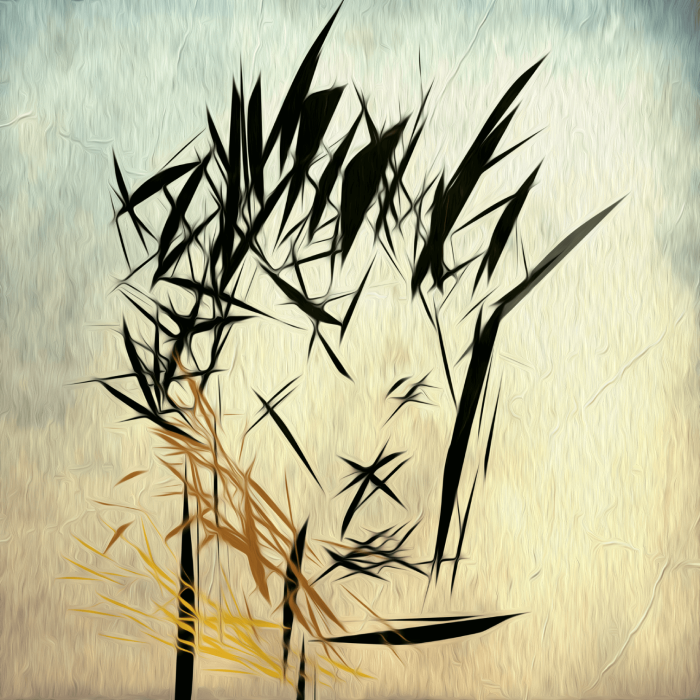
A Cry of a Violin
This Punk is inspired by CryptoPunk #5107 and artworks of Malevich. This Punk, unlike all the others, is the first purely expressionistic work in the collection. The way the Punk is depicted was chosen in memory of the great suprematist painter and founder of rayonism (an avant-garde movement) Mikhail Larionov. His works resemble a cluster of rays. He was a descendant of Suprematism, and in time he founded his own school in art, in which predominance was given not to form, not color, but light. That's why all the elements look like a kind of rays (hence the name rayism). In the same way, this Punk is as if assembled from such rays.
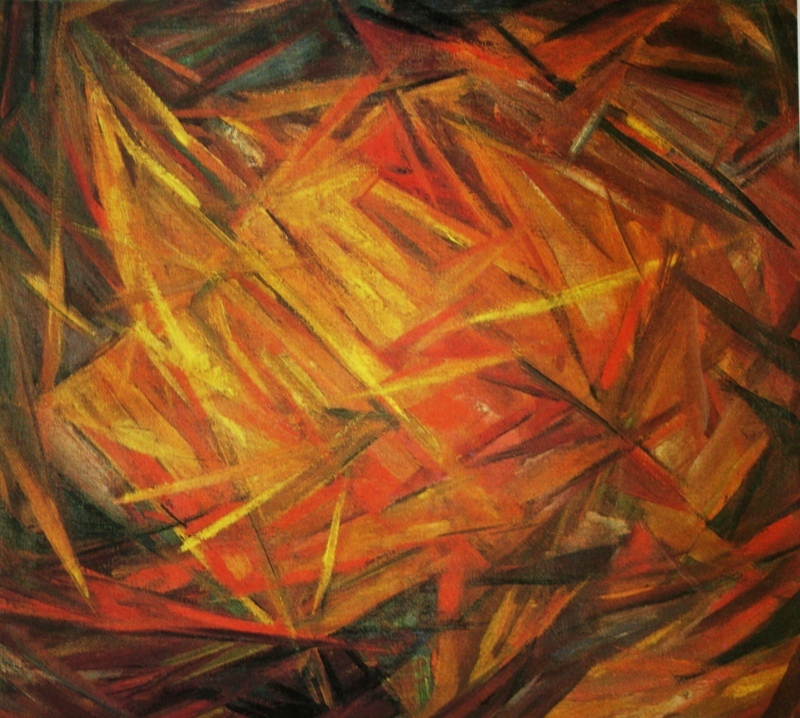
Mikhail Larionov — Radiant landscape, 1910s
However, the style of this work itself is radically different from all that have been used. This Punk is almost completely devoid of references, symbolism, and any kind of subject matter. The painting reflects only the emotions and experiences of the author.
"People are afraid of what they don't understand, and nothing calms them more than laughter."
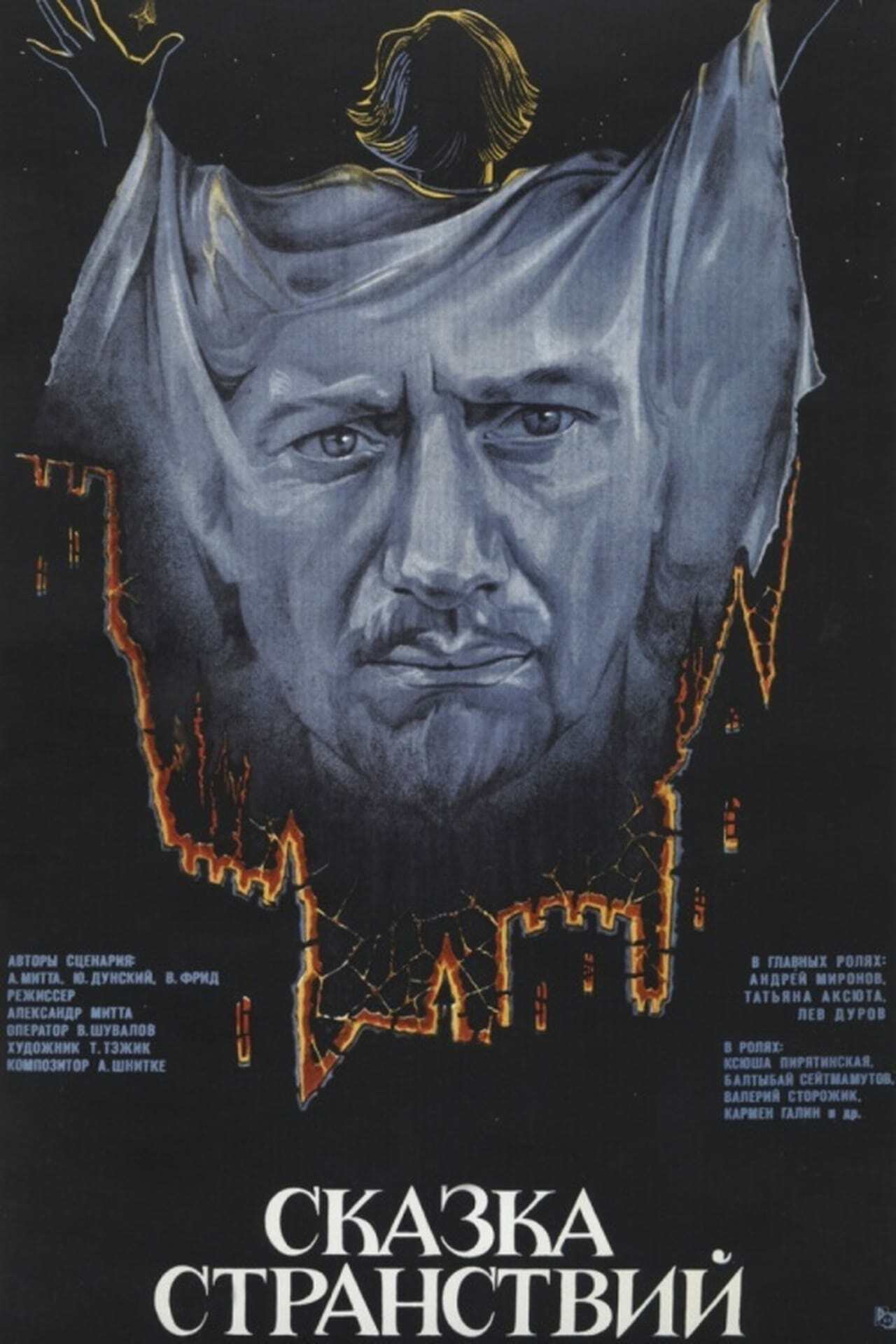
A Poster to "A Fairy Tale of Wanderings", 1982
"It happened quite a long time ago. I was still in school at the time. In one of our lessons we were going through the development of art and the formation of various directions in it. And at some point, our teacher suggested that we look at a composition that, in her opinion, described the art of today very accurately. It was an excerpt from Alfred Schnittke's Concerto Grosso No. 1, more precisely, the 4th movement - Cadenza." Down below you can find this composition. "Just a few seconds after the piece began, I heard deafening laughter from my classmates. I turned around and gazed into their faces - haughty, smug, and utterly carefree smiles lit up their faces. And all of this was accompanied by the teacher's approving chuckle. But through this cackling and laughter the voice of the violin, weak and weary, filled with tragedy and distress, was barely audible. And then I suddenly recognized and clearly understood that this motif was already familiar to me, as well as the author himself. Even in my early childhood I was touched to the core by an incredibly moving and tragic fairy tale - the Soviet film "The Tale of Wanderings".
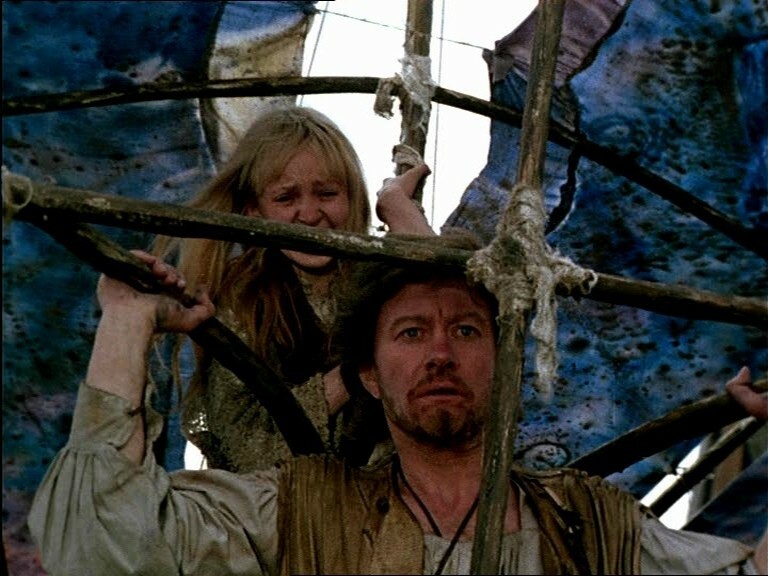
A scene from "A Fairy Tale of Wanderings", 1982
It left the most significant trace in my heart, and the film was accompanied by equally sensual and tragic music written by Schnittke. This film tells the story of two orphans, a brother and sister. The boy had a talent -- he could sense gold when he was around - he was kidnapped by bandits in order to profit from that talent, and the sister sets out to find him. Along the way, she meets Orlando, a wandering philosopher and scientist who invented the prototype paraglider, and he became like a father to her along the way. But toward the end of the journey, he dies saving the girl. Soon she finds her brother living in a huge castle full of gold, but she realizes that he already has part of the soul of those greedy and cruel bandits who stole him. However, she manages to melt his heart and he, trying to get rid of all the gold, destroys the castle, and on part of the ruined wall he draws a model of the very wings that Orlando invented. The girl realizes that Orlando did not die in vain and a part of his soul now lives in his brother, she cries and watches as her brother draws the wings. And that tragic moment reverberated in my mind as I heard that composition, barely audible through the general laughter and mockery. I experienced very mixed emotions. It is difficult to put them into words, the only thing left for me is to transfer them to this work. The strokes here are like the tearing strings of a violin, whose cries I can still hear to this day. As in Alfred Schnittke's Cadenza we hear the melody sharp and precipitous, the strokes are done in the same way. They cannot be viewed separately--only together do they create a unified and harmonious composition."
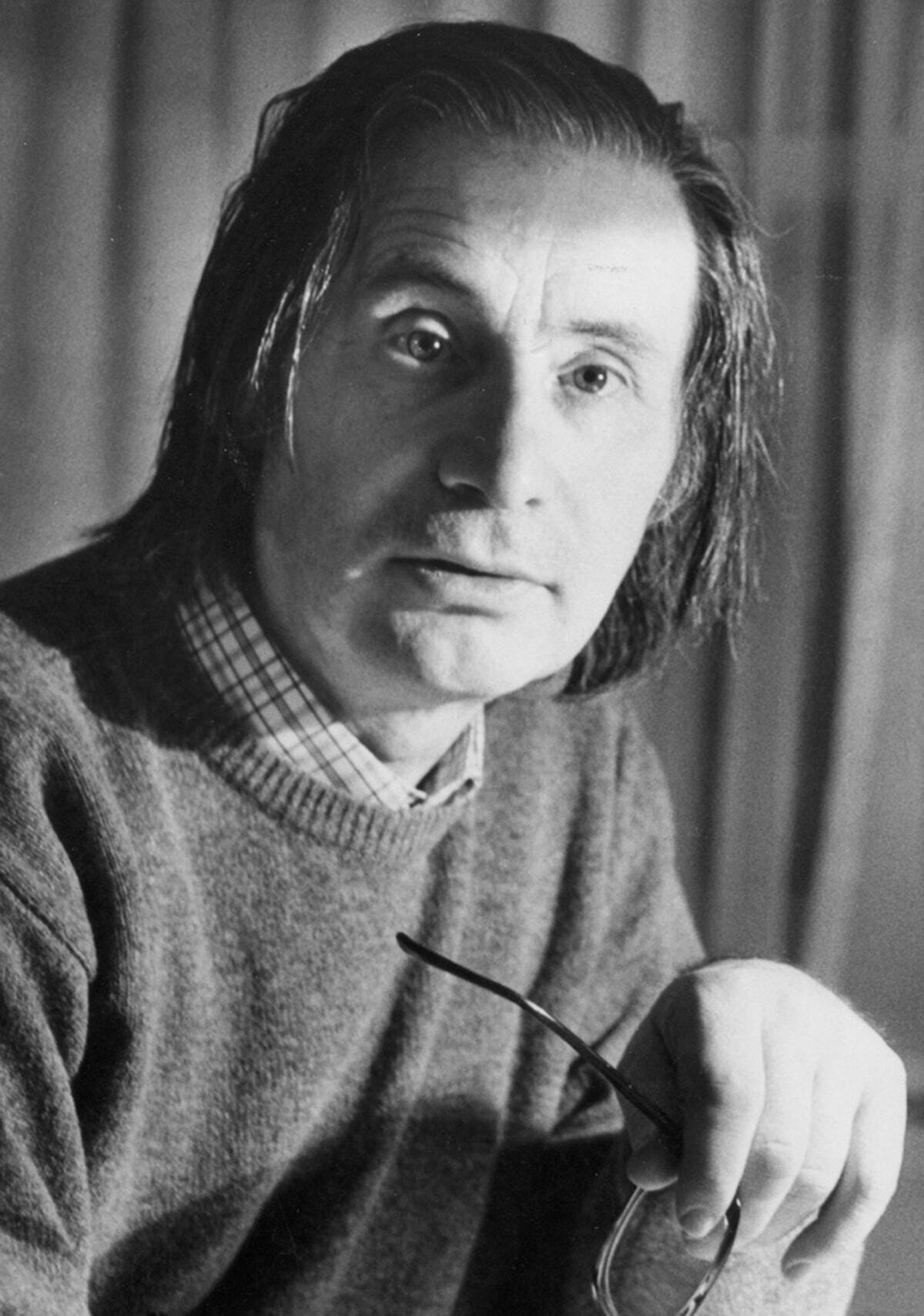
Alfred Schnittke
Below is the same composition that was included in the mentioned lesson. However, let us say at once how mistaken it was to include this part separately. The fact is that the Concerto Grosso No. 1 is followed by the Ronda, and their melodies are inseparable. And if you listen to them together, this becomes obvious.
For those who may have questions after listening, we can give one of the interpretations of these movements. The 4th and 5th movements of Concerto Grosso No. 1 seem to tell us the story of the world. From the disorderly, meaningless, jerky and not at all melodic chaos, we are carried through the ages. During the cadence, we hear the struggles of the various instruments, the melodies. But so far they are incoherent. By the end of the Cadence, a melody emerges out of the disorder, the embodiment of the only beautiful thing we've ever had.

Buy

Gallery:
CryptoPunk #5107 that has been taken as a base

Your transaction is in progress

You have connected to the wrong network

Transaction is successful!


